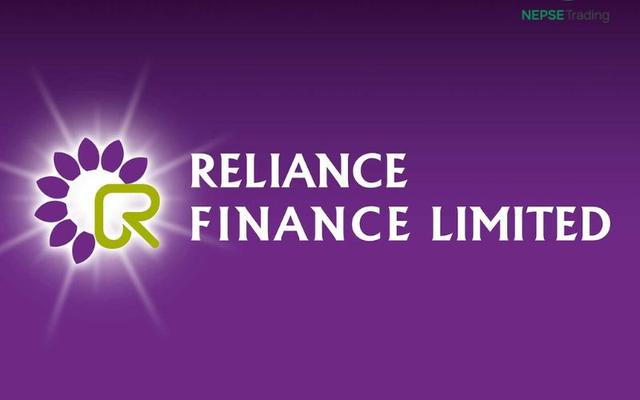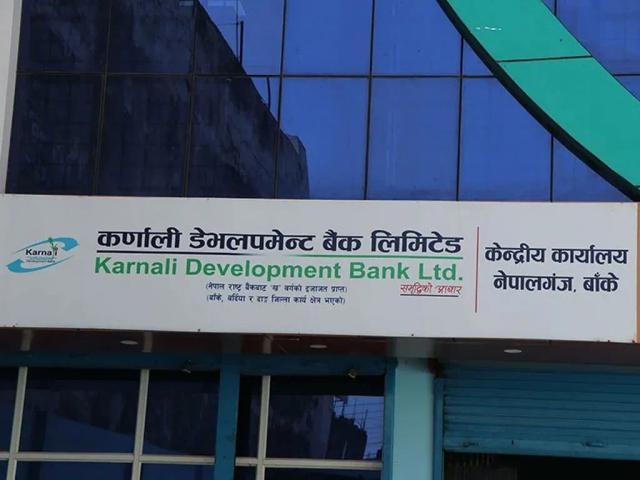SEBON Introduces New Draft Regulation on Margin Trading; Brokers and Investors to Face Stricter Compliance Requirements
Author
NEPSE TRADING

The Securities Board of Nepal (SEBON) has taken a major regulatory step by releasing the Draft Margin Trading Directive, 2082, aimed at strengthening, modernizing, and tightening the margin trading framework in Nepal’s capital market. Exercising the authority granted under Section 87(1) of the Securities Act, 2063, the board has invited comments and suggestions from stakeholders within seven days. Once the new directive is implemented, the existing Margin Trading Directive, 2074 will be formally repealed.
According to the draft, only shares of organized listed companies that meet specific qualifications will be eligible for margin trading. These include companies with at least 5 million publicly listed shares, net worth equal to or greater than paid-up capital, dividend distribution in at least two of the last three years, and a minimum of two years of listing after IPO issuance. SEBON states that these criteria are intended to minimize excessive leveraging in risky, unstable, or newly listed companies.
One of the key elements of the draft concerns the rules on initial margin and maintenance margin. Brokers will be required to take the initial margin amount from investors based on the company’s 180-day average price or the current market price — whichever is lower — as outlined in Schedule-1. This risk-adjusted mechanism is designed to protect investors and ensure responsible lending by brokers.
The draft also imposes stricter operational requirements. Only brokers with at least Rs 200 million paid-up capital will be permitted to provide margin trading services. In addition, brokers must have clearing membership, depository membership, and must comply with all other operational standards mandated by the stock exchange.
SEBON has also revised the maximum borrowing and exposure limits for brokers. Brokers may extend margin lending up to five times their certified net worth, but they cannot offer more than 20% of their net worth to a single client or that client's immediate family members. The directive also mandates brokers to ensure adequate investment diversification while providing margin facilities.
The draft allows brokers to fund margin lending through their own capital, loans from banks and financial institutions, or unsecured loans from shareholders or directors. However, any unsecured lending must strictly follow the Companies Act and other prevailing laws. Furthermore, the combined borrowing from commercial banks and unsecured loans from shareholders or directors cannot exceed 4.5 times the broker’s net worth.
To prevent misuse of client assets, the directive explicitly prohibits brokers from using one client’s cash or securities as collateral to provide margin facilities to another client. Each client must have separate records, separate margin accounts, and separate beneficiary (demat) accounts for margin-related transactions. Margin-purchased shares must be valued daily using the Mark-to-Market (MTM) method. However, brokers cannot offer additional margin facilities simply because the value of the pledged shares has increased.
The draft further outlines a comprehensive operational framework for clearing and settlement. Investors wishing to use margin facilities must open a distinct margin trading account and a margin beneficiary account through their broker. Brokers, as clearing members, must also open a margin settlement beneficiary account with CDSC. All accounts must be interlinked to ensure transparency and proper clearing processes.
In terms of risk management, brokers may demand additional margin from investors if market conditions deteriorate or if the underlying shares become riskier. Investors must maintain the minimum maintenance margin throughout the duration of the facility. If an investor fails to repay the loan or maintain margin levels, brokers may liquidate the pledged shares strictly under the authority provided through the signed authorization letter, and must notify the stock exchange of such actions.
The previous margin trading directive issued in 2074 had failed to achieve full practical implementation, prompting SEBON to overhaul the framework with clearer, stronger, and more enforceable provisions. Market analysts believe that, once implemented, the new directive will make margin trading more disciplined, safer, and more transparent, ensuring greater accountability from both brokers and investors.



